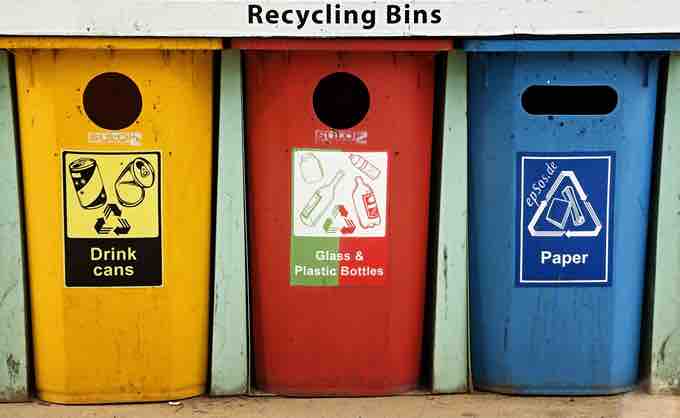Reducing Waste: The Incentives
In industrial production, using more efficient manufacturing processes and better materials will generally reduce the production of waste. The application of waste minimization techniques has led to the development of innovative and commercially successful replacement products. Waste minimization has proven benefits to industry and the wider environment.
Waste minimization often requires investment, which is, at least in theory, usually compensated by the savings. However, waste reduction in one part of the production process may create waste production in another part.
There are government incentives for waste minimization, which focus on the environmental benefits of adopting waste minimization strategies.
In the United Kingdom, several pilot schemes, such as The Catalyst Project and the Dee Waste Minimisation Project, have shown the efficacy of such policies. Fourteen companies in Merseyside took part in the Catalyst Project; the project generated overall savings of £9 million and landfill waste was reduced by 12,000 tonnes per year. ).

Colorful recycling containers
By producing using materials that are recyclable, landfill waste can be minimized.
Supply Chain Sustainability
Supply chain sustainability is a business issue affecting an organization's supply chain or logistics network in terms of environmental, risk, and waste costs.
Sustainability in the supply chain is increasingly seen among high-level executives as essential to delivering long-term profitability and has replaced monetary cost, value, and speed as the dominant topic of discussion among purchasing and supply professionals.
One of the key requirements of successful sustainable supply chains is collaboration. The practice of collaboration, such as sharing distribution to reduce waste by ensuring that half-empty vehicles do not get sent out and that deliveries to the same address are on the same truck, is not widespread because many companies fear a loss of commercial control by working with others.
Investment in alternative modes of transportation, such as use of canals and airships, can play an important role in helping companies reduce the cost and environmental impact of their deliveries.
Sustainability has been found to be a major component of supplier relationship management as an efficient way to cut costs among retailer giants such as Wal-Mart. In fact, under Wal-Mart's Supplier Energy Efficiency Project (SEEP), which is aimed at eliminating emissions from the company's supply chain, suppliers reduced GHG emissions by 3,300 metric tons and saved $200,000 in energy costs.
Realizing the efficiency that effective supplier relationship management creates, Wal-Mart has asked suppliers to be more efficient in managing their environmental footprint.
Looking to the supply chain to maximize efficiency and cut costs is a key cost-cutting measure; using the same suppliers in a tight-knit relationship saves time and energy. As industry leaders continue to add in cost-cutting measures, we are likely to see this trend continue in supply chain sustainability for sustained improvement in relationship building and cost reduction.